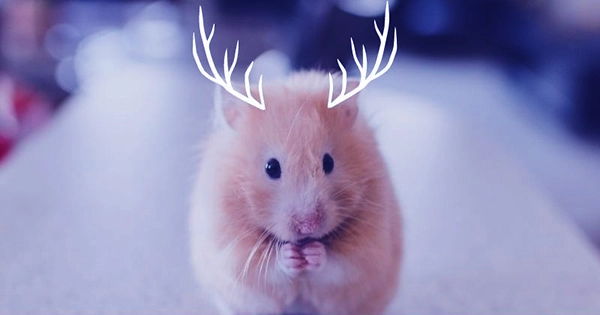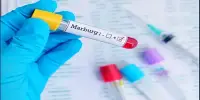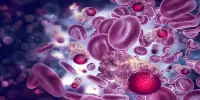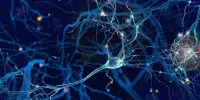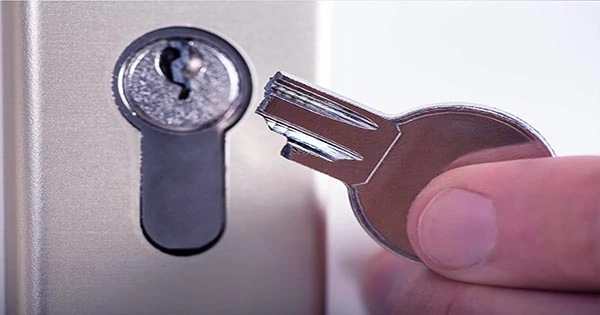According to a recent article, researchers have created “mini-antlers” on mice by introducing deer genes into the mouse genome. The findings imply that some regenerative genes may still be present in animals that have lost the capacity to regenerate organs and that it may be possible to use antlers’ rapid growth for other purposes.
Antlers are one of the fastest-regenerating tissues in the animal world and provide a clear example of how mammals can regularly regenerate cells, growing at a rate of 2.75 centimeters (or about 1 inch) per day. Because mammals as a whole no longer have the ability to regenerate organs and the majority of other tissues, antlers are particularly intriguing. A large appendage that routinely regrows, antlers provide unmatched insight into how regenerative medicine for bones may function.
Chinese researcher Toa Qin and coworkers delved deeply into the mechanisms underlying the antlers of Sika deer, which grow each year before being shed in the hunt for regenerative medicines. By isolating numerous single cells and genes essential for the growth of the antler tissue, they were able to construct a regenerative “atlas” of Sika deer antlers.
The researchers discovered one type of stem cell ten days before the antlers were shed, and these cells persisted with the antlers for only a brief period after shedding. However, a novel subtype of stem cells had appeared by day five post-shedding.
After finding various growth phases, the team isolated the stem cells with the greatest capacity for regrowth (which turned out to be from antlers that had been shed just five days earlier), cultured them in a Petri dish, and then injected them into mice’s heads.
The mice had grown recognizable mini-antlers after 45 days as a result of the stem cells differentiating into osteochondral tissue, an essential component of bone fracture repair. The researchers were able to see how the genetic processes that cause the antlers to grow and how they might be applied in human bone medicine thanks to the antlers’ rapid elongation.
Such a treatment might give rise to ethical questions regarding the implantation of cells from different animals as well as the extensive safety testing that would be necessary before it could be approved. However, it’s conceivable that related genes could be found in mammals if the mechanisms underlying regeneration can be discovered.
The findings provide a brand-new look at how mammals can regenerate tissue, both through processes in our genomes and with a little assistance from antler stem cells, even though they can’t quite be translated directly into mending broken legs.
